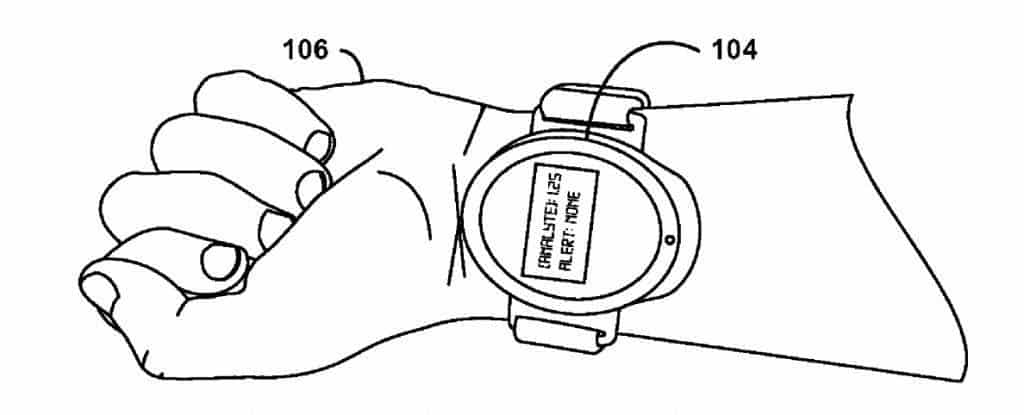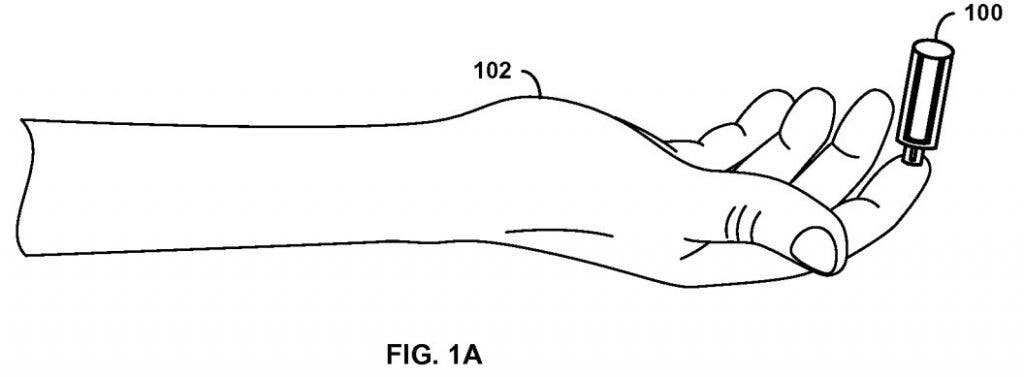Competition between tech giants is more fierce than ever, and Google is out for blood – literally. The company has filed for a patent for a smartwatch that could take a small sample of your blood without any needles, helping diabetics monitor their daily blood sugar with much more ease than existing options.

Currently existing methods for diabetics are not fun at all – they need to do a finger prick several times a day and use a blood glucose meter multiple times a day to make sure their insulin levels are under control. The system by Google would not only make that easier and way less painful, but it would also make it automatic.
Since it’s still in the patent phase, they haven’t provided much information about how and when it could be made, but they did provide some insight into how the blood extraction could work: they use a pressure barrel to extract the blood. As the air in the barrel is evacuated, a trigger shoots a microparticle that punctures the skin and creates a tiny droplet of blood, which is attracted by the negative pressure created in the barrel.
“In a typical scenario, a person’s blood is drawn and either sent to a lab or input into a handheld testing device, such as a glucose meter, where one or more tests are performed to measure various analyte levels and parameters in the blood,” the patent states. “Such an application might be used to draw a small amount of blood, for example, for a glucose test”.

Although diabetics aren’t specifically mentioned in the patent, it seems logical to draw these lines, especially as Google has targeted diabetics with their inventions before. Google Life Sciences announced that it was developing ‘smart’ contact lenses that will be able to monitor blood glucose levels last year, and they are also working on disposable, bandage-sized glucose monitors. However, like with most patents, it doesn’t necessarily mean we should expect it to hit the shelves anytime soon. Speaking with the Verge, a Google representative said:
“We hold patents on a variety of ideas – some of those ideas later mature into real products or services, some don’t. Prospective product announcements should not necessarily be inferred from our patents.”
But personally, I can’t wait for this to become a reality – it could make the world of a difference for the over 285 million people suffering from diabetes.






